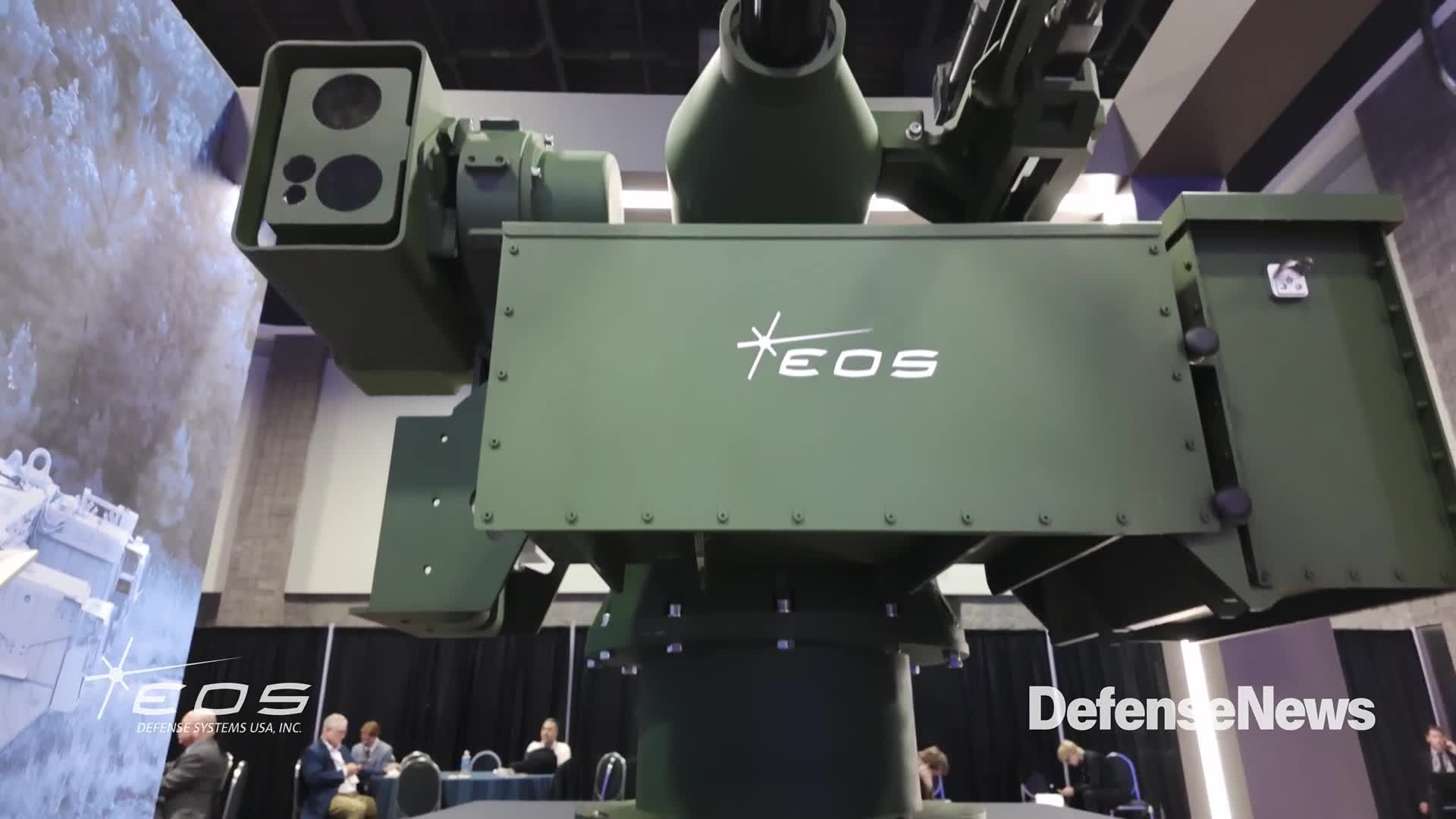WASHINGTON — To stay ahead of rapidly moving threats in the information space, 1st Special Forces Command is building an Information Warfare Center that will specialize in “influence artillery rounds.”
Critical to Special Forces’ role is deploying to remote locations while still being able to effectively message portions of a population.
The center, to be based at Fort Bragg, will consolidate the command’s psychological operations capabilities and will wrap around other information related capabilities such as cyber and space, Col. Ed Croot, chief of staff at 1st Special Forces Command, said in a Feb. 17 virtual presentation for AFCEA TechNet Augusta.
Ideally, the center will see, sense or detect adversary activity around the globe in physical and virtual spaces and within minutes, push that information to those that need it.
The team members will specialize in developing what Croot called influence artillery rounds, no easy task since in the influence world, they must tailor those “munitions” to each specific target, unlike a missile.
“There’s a unique threat audience, a unique friendly audience, a unique neutral audience that has to do with that influence and information piece. It’s extremely difficult to be able to move fast in that space,” Croot said.
The center will work with Special Operations Command’s Joint Military Information Support WebOps Center, which Croot said is delivers information through social media. The WebOps Center doesn’t build these digital rounds, so the Information Warfare Center will fill that role.
“Cyber is another delivery system. It’s a platform, like an artillery piece that you can deliver influence rounds through,” Croot said. “There’s an information revolution that has occurred, and things move faster than we’ve ever seen before, and it’s hard to change mindsets of people and systems and processes to be able to move at the speed of information.”
The geographic combatant commands are each building their own information warfare task forces, which act as forward extensions of the Information Warfare Center across 70 nations. The sensors in those 70 nations must be able to rapidly move information back and forth so the center can tailor the right influence campaigns in a timely manner.
Looking inward
Aside from the effort’s role to affect others within the information sphere, officials described the need to protect Green Berets from sophisticated snoops.
One’s digital footprint can easily be mapped in the modern connected world. As such, 1st Special Forces Command is looking for tools that can provide protection at the tactical edge.
This also includes training forces on how to reduce their digital attack surfaces while deployed and even in garrison in the U.S.
The dangers were demonstrated to great effect a few years ago during a unit exercise, Croot explained. Prior to deploying to the exercise in the U.S., the commander told his unit he wanted everyone off social media a full month prior.
One day into the exercise, the commander laid out how many people the unit had deployed, what base they came from, where they were going, what their mission was and where their families lived, all from their digital footprints, Croot said.
“If you want to be terrified, sit and see and watch a picture of a family member up on a Facebook post talking about you and where you work and where you’re going,” he said. “This is real, and it absolutely is something that we have got to take seriously from a from a home station force protection perspective, let alone at the edge.”
Mark Pomerleau is a reporter for C4ISRNET, covering information warfare and cyberspace.








